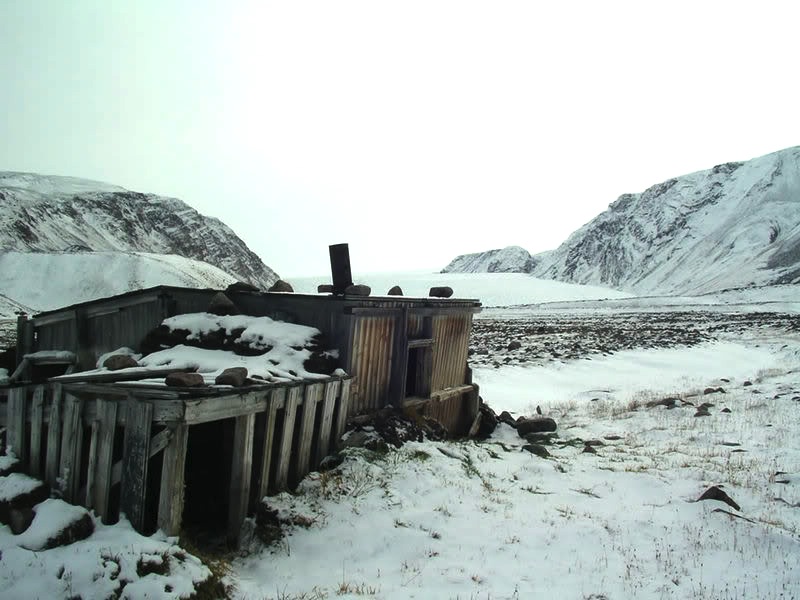Our route this winter
The North 2012/North 2013 expedition is unusual in a lot of ways; not just because it's in winter, or much longer than a typical North Pole attempt, or unsupported, or from the final new starting point. It's a complex plan which is very different from a single long expedition - dropped off at the start and collected from the destination. There are different options for how we might proceed and each one would constitute a different success.
There is one ultimate goal - the North Pole. In a style which is fast becoming typical of my approach to polar 'problems', the plan to achieve this differs from others you may have seen over previous years. The past few years have seen precious few serious attempts on the Pole, partly due to withdrawl due to poor admin, bad weather and also a vast reduction in the amount of corporate funding available - perhaps a positive thing but a subject best kept for another time.
Getting to a launching point from which to go for the Pole has always been the tricky bit and the pickup equally so, but for different reasons. It costs a great deal and the tiny handful of pilots willing to make the flight ensure that prices are high and conditions strict regarding when they will fly. Most self-styled explorers have been proven to roll over and give up when it all seems a bit too complex, but there are other ways.
 Etah, GreenlandThe expedition/s, for simplicity referred to hereafter as just North, combine the pressure to launch an expedition with limited funding and a desire to genuinely and without a list of caveats, raise the bar. Part of the planned route and timeline is as it is through necessity and part through choice.
Etah, GreenlandThe expedition/s, for simplicity referred to hereafter as just North, combine the pressure to launch an expedition with limited funding and a desire to genuinely and without a list of caveats, raise the bar. Part of the planned route and timeline is as it is through necessity and part through choice.
The first section, the Nares Strait phase, is merely (despite it being an epic 90 day winter expedition in its own right) a preparatory exercise to make the second phase possible. We need to move fast to reach the Pole and perhaps return back to Qaanaaq before the ice breaks up from mid-April. In order for both of us to be strong and fit for the 480-mile push for the Pole and what may follow, first hauling 350kg+ in shuttles up the Nares Strait in the depths of winter would not help. For this reason, the expedition is split into two; this winter coming to prepare the route and depots and then the second winter to move fast up the straits and then launch for the Pole.
The Nares Strait phase is not unsupported - it is, whilst obviously a truly brutal expedition, a precursor to North 2013. We will enlist the brilliant dog-driving skills of the local hunters for the first couple of days if the ice is good enough, then leave them to return to the warmth of home as we haul on. We will use the shelter of abandoned hunting huts for the first hundred miles if possible. One example is at Etah, once the northern-most populated settlement on Earth. A couple of wooden buildings are left and will be used for temporary relief from the conditions.
Once the 90 or more days of toil is complete this winter, using whatever means we can muster, we will be in a strong position to push for the Pole in 2013/14. Feeding off the laid depots of food and fuel, we will with luck arrive on the shores of the Arctic Ocean with enough time to reach the Pole before the sun rises and then make a decision about further travel, either back south to Qaanaaq or through to the Russian ice base at Barneo.
One minor irritation has been the lack of ice this summer high up the Nares Strait. A research ship has reached the Hall Basin (nearly at the top of the straits) in August and this meant that, should we have known, we could have laid the depots in relative comfort using a small boat this summer. Hindsight is a wonderful thing and the ice conditions were unexpected. The freeze-up is now accelerating at a pace after a record low ice coverage this summer.